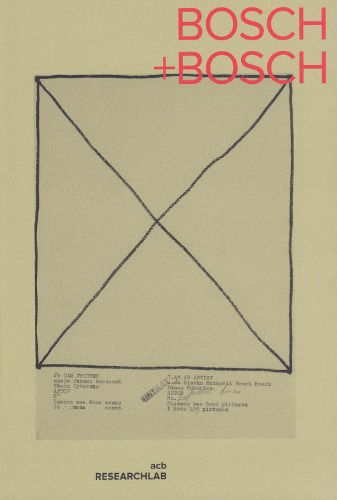The Bosch+Bosch Group: Conceptual Practices from the Former Yugoslavia
| Venue: | acb NA |
| Date: | Mar 11 – Apr 21, 2016 |
Description
On account of its geopolitical situation and “double identity”, formed in 1969, the Bosch+Bosch group of Vojvodina (Bálint Szombathy, Slavko Matković, László Szalma, László Kerekes, Katalin Ladik, Attila Csernik, Ante Vukov) has received much less attention than it deserves. On the one hand, they were referred to in Hungary as “Yugoslav colleagues” in terms of their close relationship with the Hungarian avant-garde; on the other hand, their reception in Yugoslav and post-Yugoslav art history has focused mainly on their relation to Hungarian neo-avant-garde. Thus, while most of its members have gained international fame as individual artists over the decades, the group itself has fallen into the position of double marginalization from an art-historical perspective. However, the singular history of the Bosch group can in fact be described along the lines of the very mutuality of art collaborations, inspirations, and information exchanges within the region. They brought together the intellectual-ethical heritage of the Hungarian classical avant-garde (Lajos Kassák, Károly Tamkó Sirató) with the most progressive tendencies in contemporary Yugoslav art, and transferred it via the non-traditional – and even from today’s perspective, surprisingly fresh – media of experimental and critical art.
The intellectual community within the group was based on the avant-garde tradition and the generational rebellion against conventional art, but within this framework, each member chose his or her individual path. Bálint Szombathy’s linguistic and political consciousness determined the group’s theoretical foundations. The activity of Slavko Matkovic ranged from the media of visual poetry to spatial interventions; László Szalma’s verbal-visual works explicitly expressed a connection to the Dadaist heritage; Attila Csernik considered his own and others’ body the medium of art, linking the language of body art with semiotic experiments. The phonic poetry and performances by the group’s only female member, Katalin Ladik, signaled the earliest claim for the reconsideration of social gender roles in ‘60s Yugoslavia.
The exhibition presents a selection of works from the seven years of Bosch+Bosch, including artworks that have never been displayed, thus opening new perspectives in the regional research of avant-garde relations.



